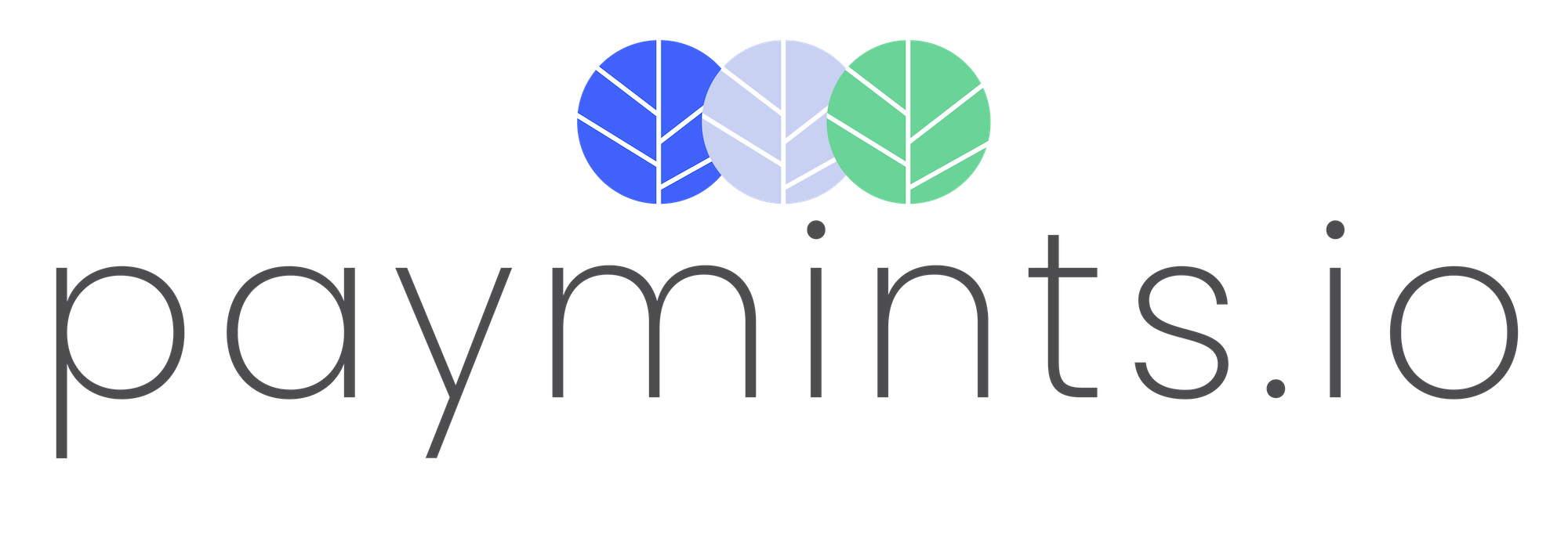
Certified checks and money orders are two common payment methods in real estate that are very different from one another. However, lines begin to blur when people hear terms like “certified money order” — is it a certified check, a money order, or something else? Here’s what you need to know.
What Is a Certified Money Order?
A “certified money order” is just another term for a money order. Money orders are considered a secure form of payment because of how they work. What makes money orders secure is that you must prepay the amount shown on the money order at the time of purchase.
For example, if you want to send someone a money order for $1,000, you would need to pay $1,000 upfront so that the money order can be printed for that amount. By paying the money when you purchase the money order, it ensures the funds will be available when the recipient goes to cash the money order.
Money Order Versus Certified Check
Money orders and certified checks are often confused with each other, but these two payment methods are very different.
- Money orders are purchased through a post office or agent, like a Western Union branch. You’ll pay the full amount to the issuer up-front, which ensures a money order can only be issued if the sender has the money to fulfill it.
- Certified checks can only be issued by your bank. A bank will only issue a certified check if you have enough in your account to cover it. It’s more difficult to cancel a certified check compared to a personal check, which adds to its security.
Another big difference between a money order and a certified check is the limit. While you can typically request a certified check for as much as you have in your bank account, a money order is limited to $1,000 in value. So, which one should you use?
In general, money orders are less expensive and easier to buy than a certified check, but the latter is more secure. For these reasons, a money order is a good alternative to writing a personal check, especially for small transactions (like paying rent or sending some money to a friend), but certified checks are preferable for their security. So, if you’re making a large payment—like towards a car or home—and you’re choosing between these two options, a certified check is the best answer.
Why Use a Money Order?
Generally, money orders are seen as a safer alternative to cash or personal checks—especially if you’re sending money in the mail or not handing the money directly to the recipient. Money orders are also useful when a personal check isn’t accepted, like in real estate transactions.
Purchasing a money order is simple, and you can do so using cash or a debit card. Since you’re specifying a recipient, money orders are more secure because only that person will be able to cash it. For the recipient, money orders work similarly to a check, in that they can deposit them into their bank account or turn them in for cash at a post office, participating banks or at certain stores.
The Process of Getting a Certified Money Order
Money orders can be purchased very easily using cash or a debit card and then mailed anywhere in the world. Here’s a closer look at the process.
Purchasing a Money Order
Post office locations, along with some retailers and agents (like Western Union), will sell you a money order. When going to purchase a money order, make sure you bring with you enough cash or a debit card to your bank account. You’ll also need the payee’s name and the amount you want to send.
You’ll be asked to fill out the money order with the payee’s name, your name, and possibly your address. You’ll also need to sign the money order. Double-check for accuracy because, once you pay for the money order, no details can be changed.
Once filled out, you’ll take the money order to the counter and pay the amount you’d like to send. Beware, as you may be charged a fee if you pay for your money order using a debit card instead of cash. There is a $1,000 limit for money orders regardless of how you pay.
Before you leave, you’ll be given a receipt for your money order, which will have a tracking number so you can see when the recipient gets the money order.
Cashing a Money Order
Money orders are easiest to cash at some branch of the entity that issued them, whether that was a bank, post office, or third party. Generally, you can cash a money order at some grocery stores and retailers, but they may charge fees.
Typically, you’ll need to show identification to prove that you are the recipient specified on the money order. Failing to show identification will probably result in the entity refusing to cash the money order, which helps ensure it makes it to the intended recipient.
Recipients can also deposit money orders into their bank account just like a regular check. Some ATMs and bank apps even allow clients to deposit their money orders remotely.
How Long Does Getting a Certified Money Order Take?
Actually purchasing a money order is a quick process that can be completed in a matter of minutes—it’s the rest of the process that can add unnecessary time to a real estate transaction.
Given that a money order is a paper transfer, much like a check, one of the most time-consuming aspects of using a money order can be actually getting it into the hands of the recipient. If you can give it to them directly, it may only take a matter of hours, but if you need to mail it or pass it through escrow, it could take a day or two before they even see it.
Once a recipient has the money order, they can either cash it or deposit it into their bank account, possibly incurring a small fee in the process. However, the wait doesn’t stop there. While cashing a money order can be instant if the recipient makes the trek to a participating agent during business hours, depositing a money order can take substantially longer.
Since money orders have been routinely involved in fraudulent schemes, some banks will place a hold on the money order for up to two weeks while they wait for the funds to clear completely. How long a recipient will wait to get access to the money order funds will depend on the issuer, the bank, and the relationship the recipient has with the bank.
Are Money Orders The Best Choice in Real Estate?
Let’s face it: Real estate has long been slowed down with paper-based processes, and money orders are rapidly becoming a thing of the past. Instead of relying on every party to go fill out forms, make requests, and wait for things to happen, paymints.io is empowering real estate professionals to get more done with less hands-on work.
Interested in learning more about how paymints.io is revolutionizing payments in the real estate industry? Schedule a demo today and we’ll show you!

